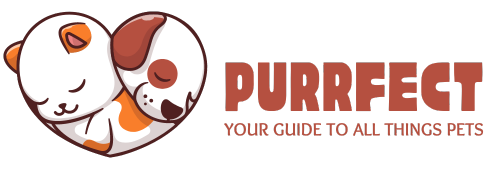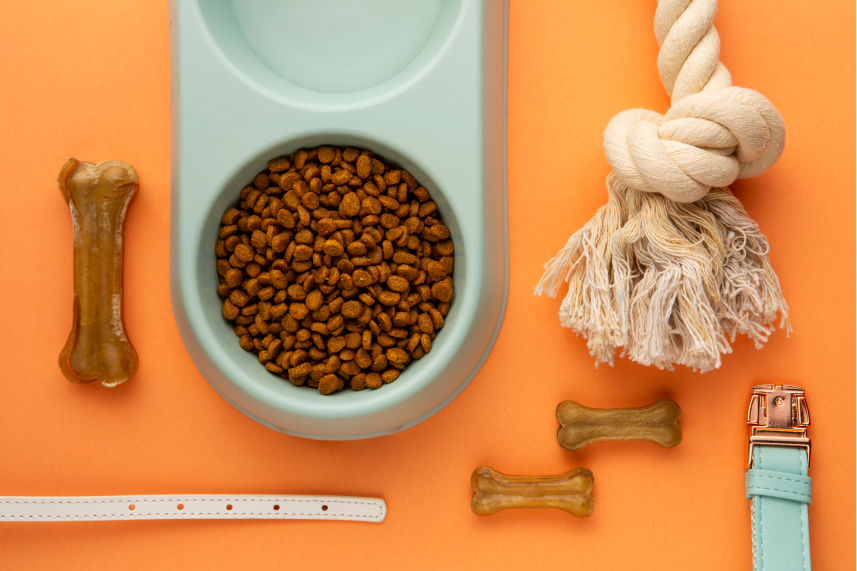Pet Nutrition
Nutrition: The Key to a Healthy Pet
When it comes to keeping your pet happy and healthy, one of the most important things you can do is ensure they’re getting the right nutrition. Just like people, pets need a balanced diet tailored to their specific needs. Whether you have a dog, a cat, a rabbit, or even a bird, giving them the right food is crucial for their long-term health. But with so many choices out there, it can feel overwhelming to know what’s best. Don’t worry! This friendly guide will help you understand how to provide your pet with the nutrition they need to thrive.
Why Pet Nutrition Matters
The food you give your pet doesn’t just fill their belly—it fuels every aspect of their life. A well-balanced diet supports strong bones, shiny coats, healthy teeth, and gives them the energy to play and be active. On the other hand, poor nutrition can lead to a range of health problems, from obesity to digestive issues to even more serious illnesses.
Each type of pet has its own nutritional needs. For example, dogs are omnivores, meaning they need a variety of foods, including meat, vegetables, and grains. Cats, on the other hand, are obligate carnivores, which means they require a meat-based diet. Birds, rabbits, and other small animals have their own specific needs, too. The key is to provide a diet that’s balanced for your pet’s species, age, size, and health status.
Understanding Pet Food Labels
One of the easiest ways to ensure you’re feeding your pet properly is to look at the labels on pet food. High-quality pet food will list real ingredients like meat, fish, or poultry as the first ingredient. You’ll want to avoid foods that are filled with by-products, fillers, or artificial preservatives. It might take a little time to compare labels, but choosing the right food can make all the difference in your pet’s health.
Here’s what to look for on a pet food label:
- Meat or fish as the first ingredient: This shows the food is high in protein, which is essential for your pet’s muscles, skin, and overall health.
- Natural ingredients: Look for foods made with whole grains, vegetables, and fruits. Avoid artificial colors and preservatives.
- Guaranteed analysis: This tells you the percentage of protein, fat, fiber, and moisture in the food. Your pet’s diet should have the right balance of these elements.
If you’re unsure about what’s best for your pet, don’t hesitate to ask your vet. They can recommend foods based on your pet’s specific needs.
Portion Control: Avoiding Overfeeding
As much as we love to spoil our pets, too much of a good thing—especially food—can be harmful. Overfeeding is one of the leading causes of obesity in pets, which can lead to a host of other health issues, including diabetes, joint problems, and heart disease. It’s easy to overfeed without realizing it, especially when those puppy eyes are begging for more. But sticking to proper portion sizes is essential for keeping your pet in shape.
Every pet food package will include feeding guidelines, but these are just a starting point. Your pet’s needs will vary based on their age, size, activity level, and metabolism. For example, a highly active dog will need more food than one that spends most of the day lounging. If you’re unsure how much to feed, your vet can help you figure out the right portion size for your pet’s unique needs.
Special Diets: When Your Pet Needs Extra Care
Some pets have special dietary needs due to health conditions like allergies, diabetes, or kidney disease. If your pet has been diagnosed with a medical condition, your vet may recommend a prescription diet or specific foods designed to manage their condition. These diets are carefully formulated to provide the nutrients your pet needs while avoiding ingredients that could worsen their symptoms.
Even if your pet is perfectly healthy, they may still benefit from a special diet based on their life stage or lifestyle. For example, puppies and kittens need nutrient-dense food to support their growth, while senior pets may need a diet that’s lower in calories and higher in joint-supporting ingredients like glucosamine. Always consider your pet’s life stage and health when choosing their food.
The Importance of Fresh Water
Along with a balanced diet, water is an essential part of your pet’s overall health. Pets need fresh, clean water available at all times to stay hydrated. Water supports their digestion, helps regulate body temperature, and keeps their organs functioning properly.
- Change water daily: Even if the bowl doesn’t look dirty, it’s important to refresh your pet’s water every day. This prevents bacteria from building up and ensures they’re drinking clean water.
- Monitor intake: If you notice your pet drinking more or less than usual, it could be a sign of a health issue. Excessive thirst can indicate conditions like diabetes or kidney disease, while a lack of thirst may suggest your pet isn’t feeling well. Contact your vet if you notice any significant changes.
Treats: A Little Goes a Long Way
We all love to give our pets treats, and it’s okay to indulge them every now and then! However, treats should make up no more than 10% of your pet’s daily caloric intake. This helps prevent weight gain and ensures that your pet is getting most of their nutrition from their regular food.
When choosing treats, opt for healthier options, such as those made with natural ingredients or treats that offer added benefits like dental care. You can even use small portions of your pet’s regular food as treats, especially during training sessions.
Conclusion
Nutrition is the foundation of your pet’s health. By choosing high-quality food, controlling portions, and ensuring they stay hydrated, you’re setting your pet up for a long, happy life. Don’t forget to consider your pet’s individual needs, including their age, size, and any health conditions. With the right care and attention to their diet, you’ll have a pet that’s full of energy, with a shiny coat and a wagging tail or purring to show for it!

